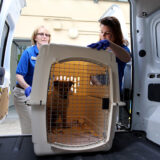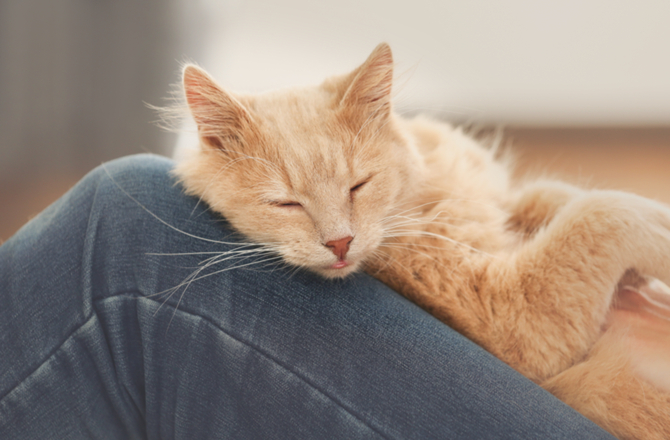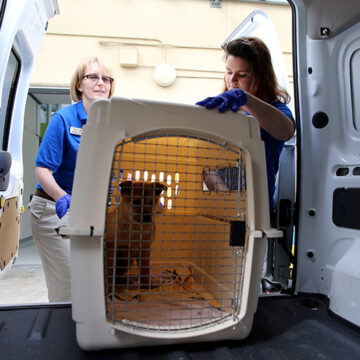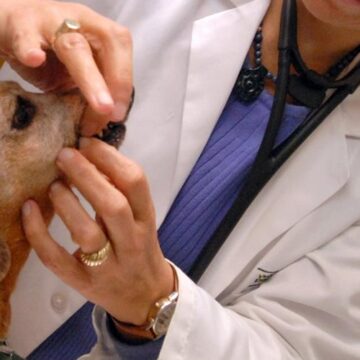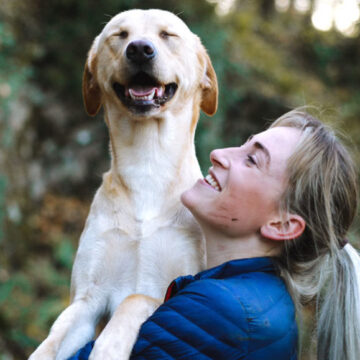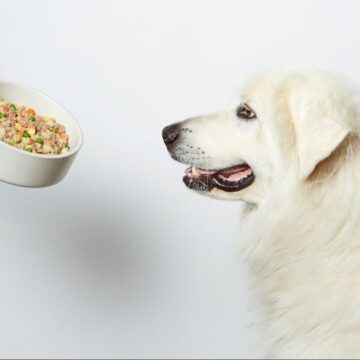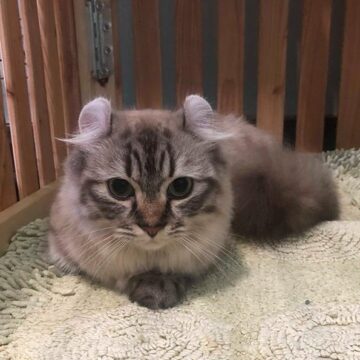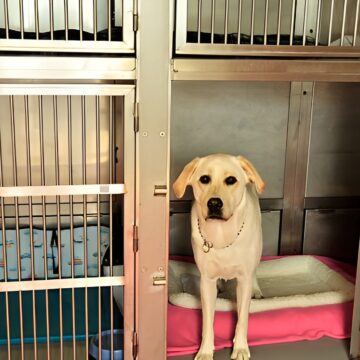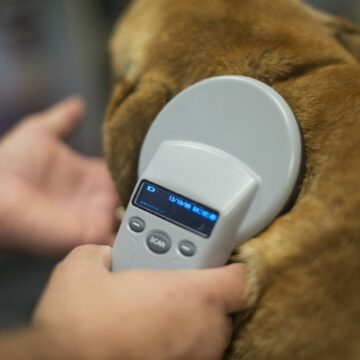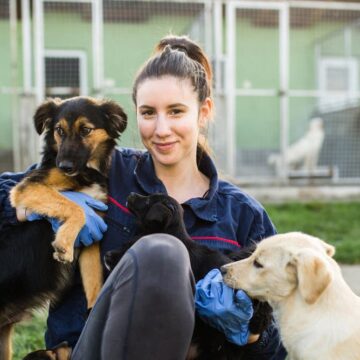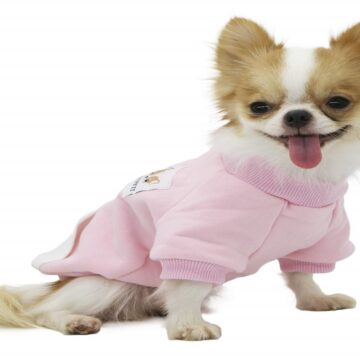You may not be able to carry out a conversation in meows but learning to speak cat isn’t just a fanciful notion. They do communicate with us and this does include meows, but it also includes body language and gestures. If you want to get inside your cat’s head, it’s easier than you might think. They’re trying to tell you exactly what they feel.
What your feline is saying
You can genuinely recognise the difference between meows, though it can be difficult. A short meow on first seeing you or approaching you is often a common greeting and call for your attention. If they’re meowing a lot, then it’s a sign they’re especially happy to see you. Meanwhile, one that’s a little lower in pitch is usually them asking for dinner, treats, or something else. If they’re making those chirpy, clicky sounds, especially at the window, they’ve probably seen some prey that they’re tracking.
Common cat complaints
Meanwhile, if they give a more drawn own meow, they’re probably wondering what’s taking you so long to feed them. An ever lower pitched one means they’re dissatisfied or unhappy. It could be a sign they don’t like their food, which may mean you need to look for more filling or nutritious alternatives, about which you can find more details here. If they’re hissing, you should probably stay away, as it means they’re angry and can be a warning of aggression.
Watch their tail
Tail movements can communicate a lot. Your cat may be feeling frightened or aggressive if the tail is held low or turned under the rear. If it curves in a zig-zag line, they’re practically in fight mode so you should give them some space. A tail standing straight up, like an upside down tick, twitching or vibrating, however is usually a good sign that they’re excited or happy.
The little touches
Cats tend to leave a lot of little touches. The well-known head rub is often misread as a “claim of ownership”, but it’s also like welcoming you to the pack, more of a greeting than something truly possessive. Otherwise, face sniffing is used to make sure you are who you say you are (and not some imposter). Meanwhile, headbutting, wet nose kisses, and licking are all signs of great affection. Unless you have food stuck to your face, that may warrant a good licking, as well.
The eyes can be harder to read
Staring into those gorgeous eyes can be fun, but it’s a little harder to tell what they’re feeling. Dilated pupils can mean they’re feeling playful, but it can just as easily mean that they’re feeling threatened or aggressive. However, slowly blinking is almost always a sign of affection, like a little “I love you.”
Just as we can understand cats if we try, we can help them understand us, too. Simple commands and vocalisations, such as “dinner”, “treats”, and “PLEASE STOP” can all reinforce good communication, which leads to a purrfect relationship for both.

